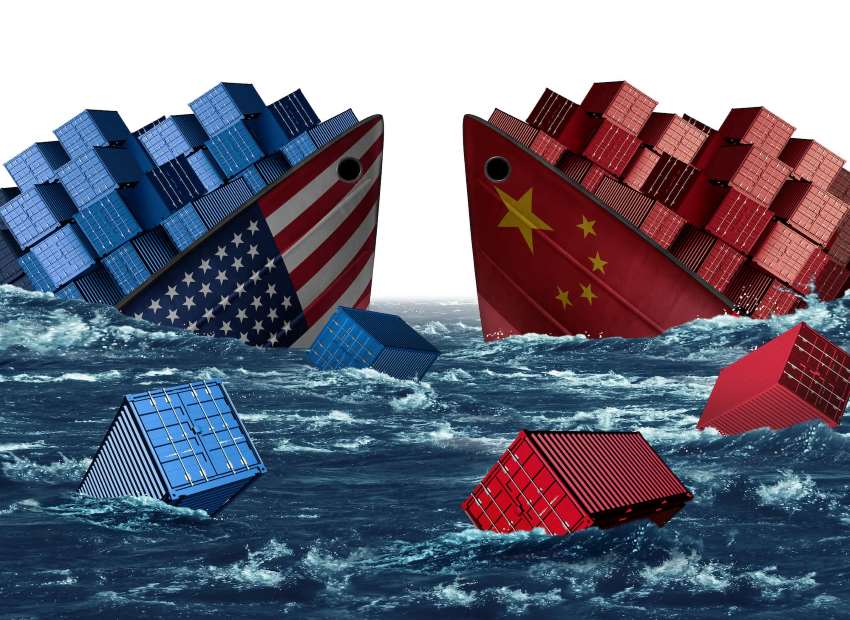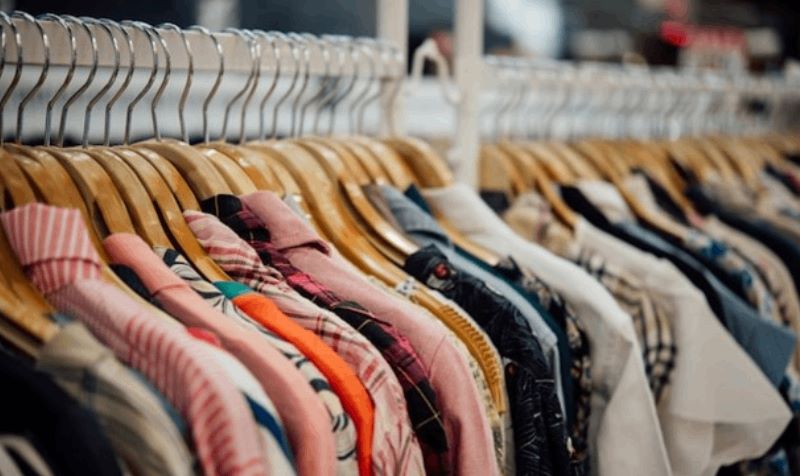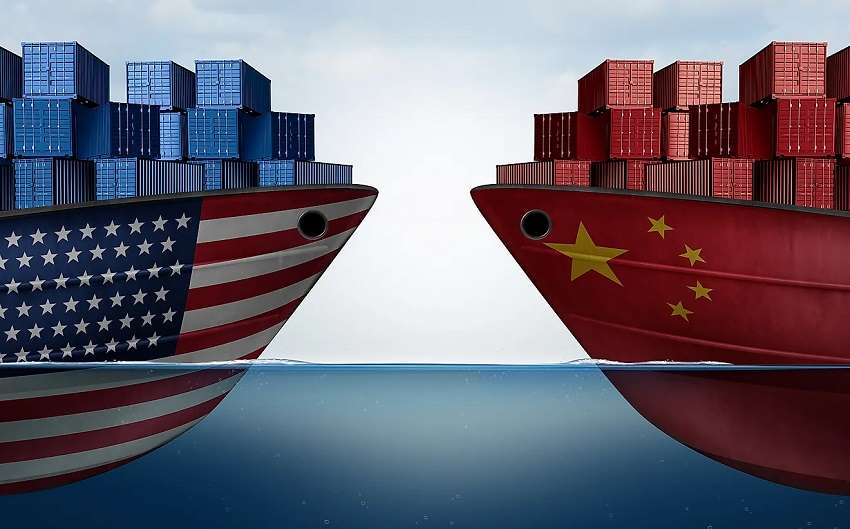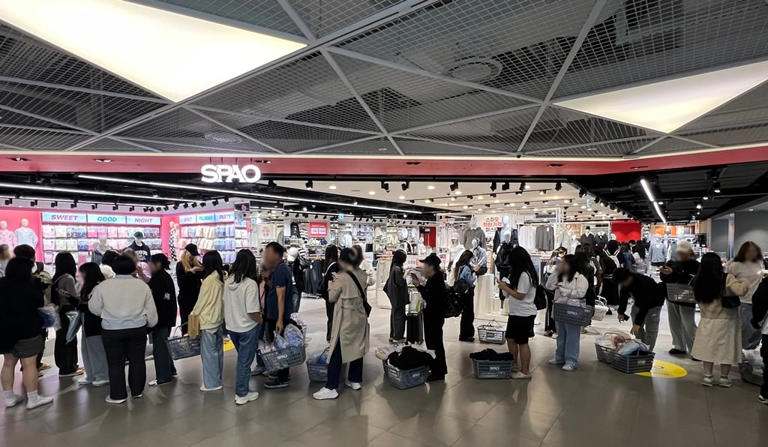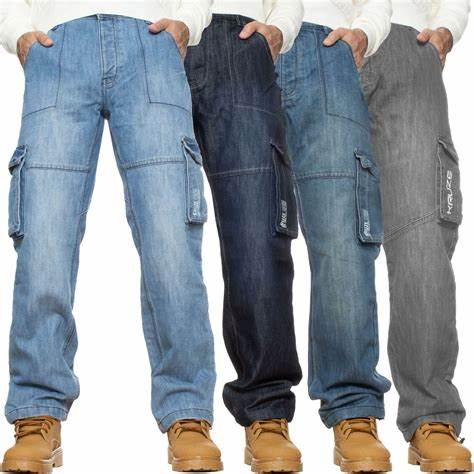"RFID tagging is a fast-growing trend among garment retailers as the cost of tags comes down and technology improves. Factor that’s driving growth is huge growth in shopping via mobiles, tablets, desktops, and messaging services and social media, leading to the growth of omni channel retailing, having a single view of products and customers across all shopping channels and warehouses. That forces retailers to have clear knowledge about where every individual piece of stock is situated in the supply chain."

RFID tagging is a fast-growing trend among garment retailers as the cost of tags comes down and technology improves. Factor that’s driving growth is huge growth in shopping via mobiles, tablets, desktops, and messaging services and social media, leading to the growth of omni channel retailing, having a single view of products and customers across all shopping channels and warehouses. That forces retailers to have clear knowledge about where every individual piece of stock is situated in the supply chain. When a shopper orders an item, the chain can locate it and get it to a nearby store for them to pick up.
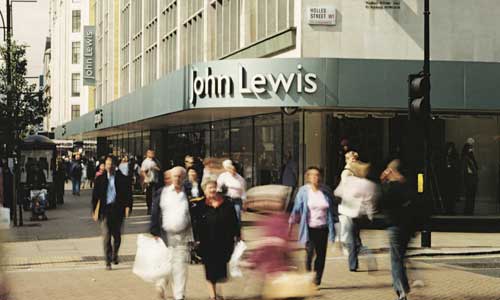
The latest in line is River Island who is attaching radio-frequency identification (RFID) tags to every item of clothing it stocks. The tags enable a store’s staff to identify all items of clothing on the shop’s shelves and racks, and in stockrooms and fitting rooms, using a remote RFID reader. Just switch on the reader and it sends out radio waves which identify a unique code embedded in every tag. In just a few minutes, store managers can conduct a stock check and identify every item of stock in-store, a process that done manually takes many hours. The stores used to carry out a stock take just once or twice a year. Now they do it every week.
Other companies following
Fashion giants such as Marks & Spencer and John Lewis have tested the tags and are introducing them across their stores. US department giant Macy’s is launching the technology across its business. Tesco, Asda and many others are also trying their hands at it. Department store chain John Lewis has been experimenting with RFID for about ten years, and is now trialling the technology and introducing it to some 30 of its stores. Most of its fashion range will be RFID-enabled by the end of this year.
Room for growth
More than 100 billion items of apparel are sold a year globally, while RFID tagging is in single percentage figures, there room for expansion. The key move which unleashed RFID was the creation of a single global standard, says Jacky Broomhead, UK market development manager for apparel at GS1, which creates supply chain standards for retailers. Before 2005, there was no single standard and retailers used a variety of tags. But the Electronic Product Code (EPC) was launched in 2005 and refined in 2008 as EPC Generation 2. We got the industry to unite globally under a radio frequency for the tags to operate. The benefit is the tags will work anywhere in the world, said Jacky.
Having one standard reduces price of tags, which has come down 75 per cent in the past five years. The cost varies by volume but it was on average about 12p a tag and now retailers are getting them for 5p or 6p, highlighted Jacky. The cost of implementing the hardware – buying the readers – is also relatively low. RFID tags could have wide uses in the future, beyond just checking stock. They could replace bar codes for payment and act as security tags.
Expert say the use of tags will spread beyond fashion into other areas of retail. RFID is one piece in the broader adoption of internet, including sensors, beacons, cameras and smart shelves. The combination of these technologies will drive adoption into more stock keeping unit-intensive retail sectors like grocery.

